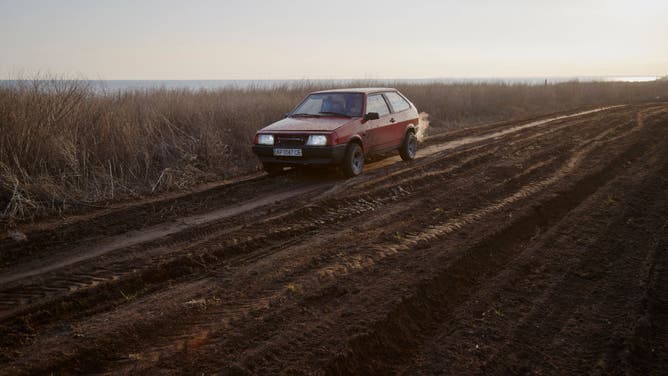Change of seasons means mud is on the way for Ukraine
Russians call the mud season " rasputitsa
The changing of seasons from winter to spring means more than shifting temperatures around the globe, mud usually develops and plays havoc with everything from farming to war.
With the warmer weather, precipitation usually falls in the form of rain, which can make a mess of the newly thawed grounds, especially in agricultural zones, where exposed soils are typically prevalent.
While the Plains are commonly known as being one of these breadbox belts, so too are parts of Eastern Europe, including Ukraine and western Russia.
Angie Rieck-Hinz, an agronomist with Iowa State University’s extension office, believes that the fertile soil of Ukraine leads to around 70 percent of the nation being conducive for agriculture.
In a country the size of Texas, that could mean significant transport issues when not abiding to travel corridors that are able to handle the rainfall and are well-drained.
HOW TO WATCH FOX WEATHER ON TV

(Photo by Pierre Crom/Getty Images / Getty Images)
"In March, the frozen steppes thaw, and the land again becomes at best a bog, and at worst a sea of mud," Seth Jones, Director of the International Security Program at the Center for Strategic and International Studies, wrote in a brief before the invasion.
Mud impacting logistics is not a new issue, Russians have even named the time period "rasputitsa" and it is even believed to have been a significant factor in World War II.
In the current conflict, Ret. Gen. Jack Keane, a senior strategic analyst for FOX News, said issues with mud could impact logistics and Russian heavy artillery.
If expected weather patterns continue, the European continent could be in store for more rain and likely more mud than usual due an ongoing La Niña event.
During the spring, Ukraine usually receives between one and two inches of rain, with the rainy season coming during the summer.